In March 2020, the sheep-farming industry in South Dakota — the sixth-largest in the country — was humming along nicely.
After a few sluggish decades, prices for meat and wool were at or near all-time highs and markets were stable. Fine-dining restaurants and the cruise-line industry continued to fuel strong demand for South Dakota lamb. And the annual massive sales boost during the lamb-centered celebrations of traditional and orthodox Easter, Passover and Ramadan in late March or April lay ahead.
But then the COVID-19 pandemic hit, and the statewide sheep industry that produces about 250,000 head a year and generates nearly $42 million in annual revenues took a dive.
Demand for lamb and wool in the U.S. and across the world fell dramatically as restaurants closed, cruise ships stayed docked and international trade and travel came to a halt.
Prices paid to farmers for each animal fell by half, leading to major financial losses. Ranchers were forced to store thousands of pounds of sheared wool in warehouses to wait for prices to rebound.
Almost all sheep ranchers have had to drastically alter their business plans and shift breeding, lambing, finishing and slaughter cycles to reduce losses and keep their operations alive.
“This COVID pandemic couldn’t have come at a worse time for the sheep industry in South Dakota,” said Lisa Surber of Newell, who is executive secretary of the South Dakota Sheep Growers Association. “It’s been a really difficult period for the industry.”

“This COVID pandemic couldn’t have come at a worse time for the sheep industry in South Dakota ... it’s been a really difficult period for the industry." -- Lisa Surber, South Dakota Sheep Growers Association
The bad news for sheep producers only got worse when the rancher-owned Mountain States Rosen sheep-processing plant in Greeley, Colo., went into bankruptcy this spring and was purchased in August by Brazilian meatpacking giant JBS, which has said it may close the plant or convert it to beef production.
The closure created another challenge for lamb producers who were already finding it hard to get animals processed at plants that slowed or halted operations during the pandemic. Before closing, the Greeley plant had processed about 20% of the national annual sheep harvest.
“This [the plant closure] hit right at the run-up to the holidays in April, which is the single-highest consumption period for lamb,” said Peter Orwick, executive director of the Colorado-based American Sheep Industry Association, the national trade group for sheep farmers.
The low per-pound prices and processing challenges forced many sheep producers to stall delivery of sheep to feedlots or processing plants and keep feeding their animals much longer than usual, which increases feed costs and reduces the price paid per animal, Orwick said.
“I know we had 100,000 lambs that were backed up and took weeks and weeks to get harvested,” he said.
Industry experts do not predict that many sheep farms will go under or that a glut of animals will lead to euthanizations, like those that occurred in the hog industry after pork processors shut down amid the pandemic. Sheep farming allows for adaptations in how animals are bred, raised and harvested, so producers have been able to hold onto animals or shift them around until prices rebound.
Still, for some producers, especially in those with larger farms and less flexibility, the losses are in the tens or even hundreds of thousands of dollars.
Most American sheep farmers received money to offset pandemic losses through the Coronavirus Food Assistance Program, part of the congressional CARES Act, which provided a per-head payment. Those payments, however, only covered about 20% of losses suffered by many sheep farmers, some of whom have had to visit their bankers with bad news about loan payments that may be hard to make, said Orwick.
“For us, it’s really about survival at this point,” Orwick said. “All of the various programs we’ve been working on in trying to assist farmers, it’s not going to make anybody whole, it’s about how to get enough support in there so they can work with their banker in the coming year and stay in production.”
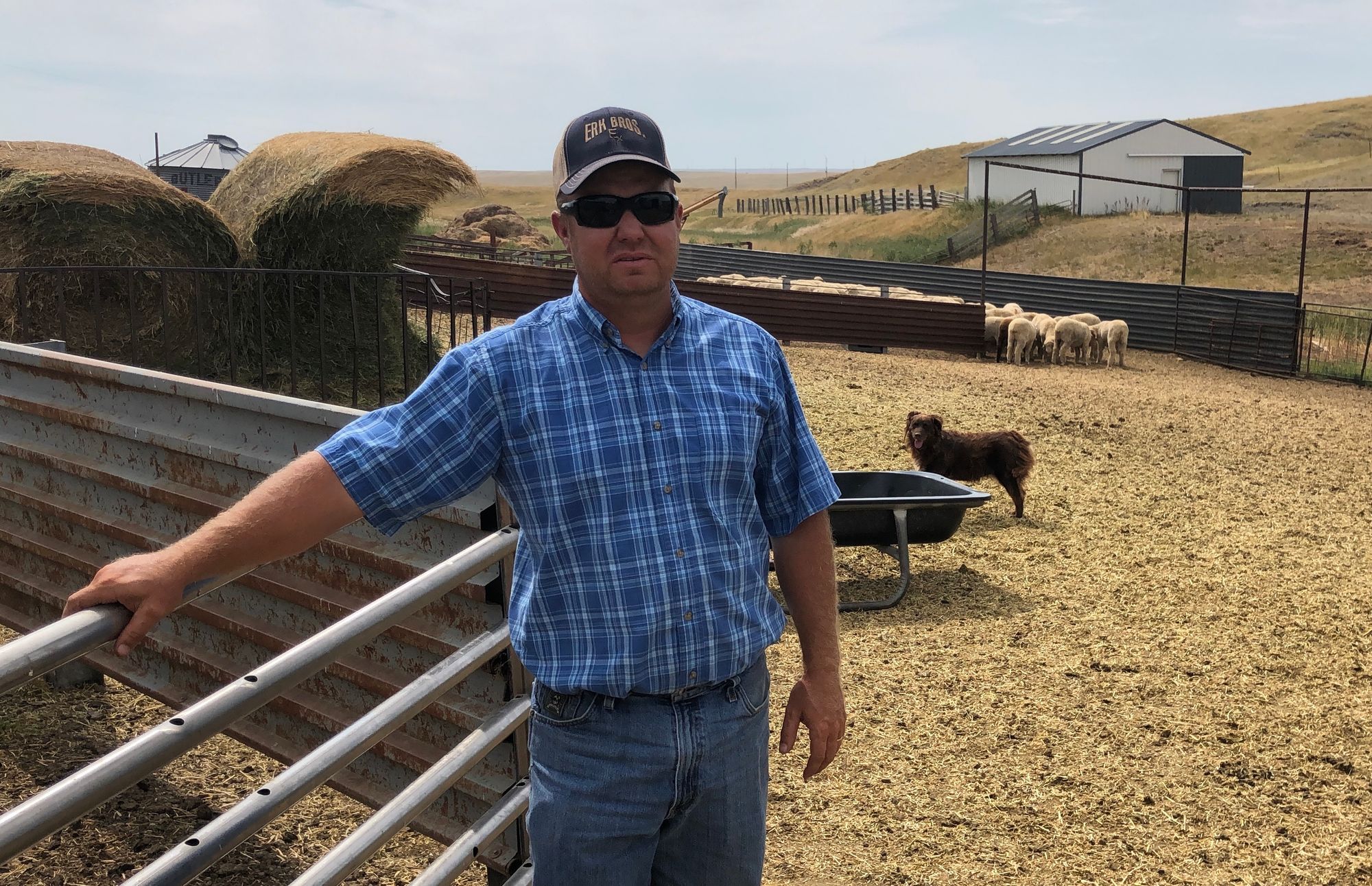
Family farmers adapt amid pandemic
John Erk, 42, works with his father, Paul, on the Erk Ranch in western South Dakota, where they raise sheep and cattle and grow hay about 30 miles north of Newell in Butte County.
Erk recently left his job as a partner in a Sturgis engineering firm to return to the farm, where he plans to build a home, take over the operation from his father and become the fourth generation of the Erk family to run the ranch, which was homesteaded in 1912 by his great-grandfather, a German immigrant.
The Erks saw strong prices for lamb in recent years but watched the bottom drop out of the market when restaurants and cruise ships shut down amid the pandemic, Erk said.
“It’s been kind of tough,” he said. “Nobody’s making any money right now, because if nobody is eating it, nobody’s going to be buying it.”
Erk said the family owns about 1,200 ewes and mostly raises “feeder” sheep that are sold to feedlot operators for finishing and then slaughtering. He said they sold ewes for $100 to $120 during the pandemic that would usually fetch about $200 per head.
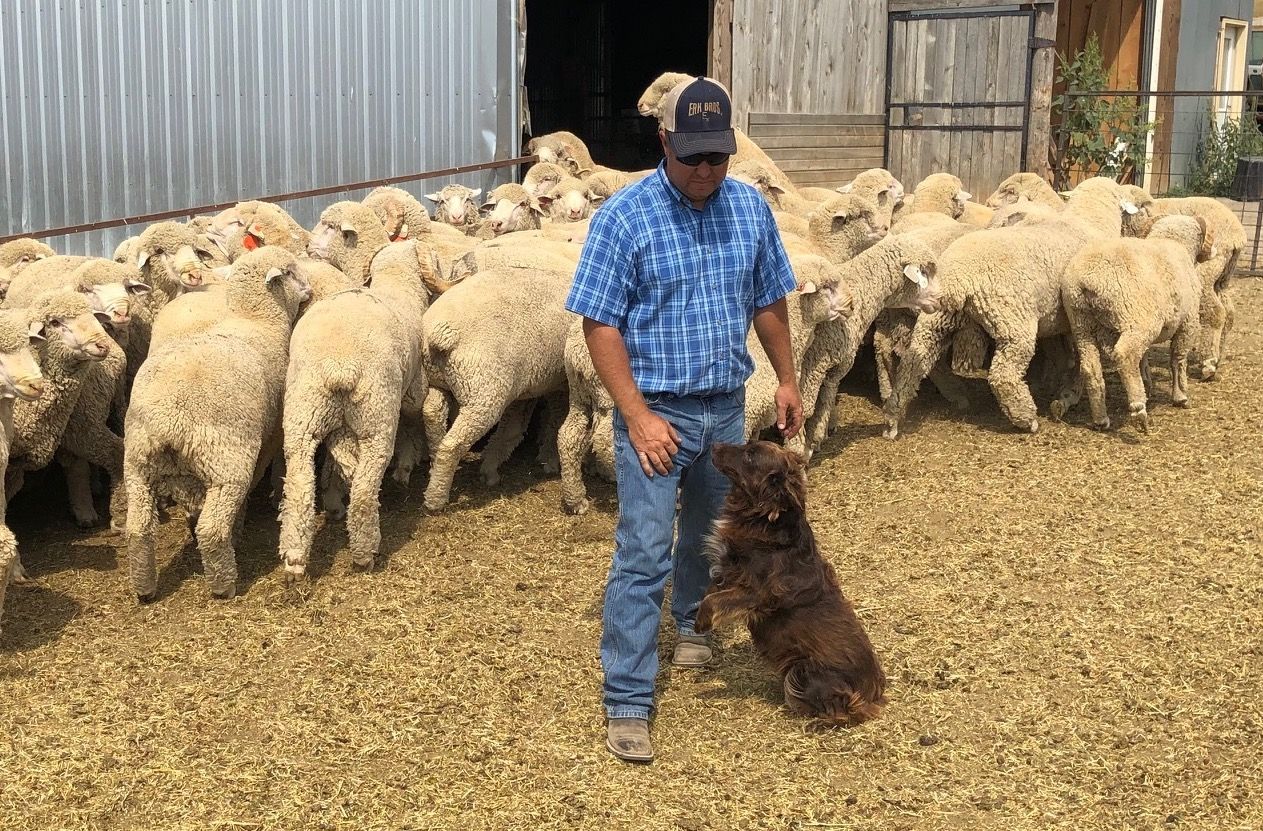
The family planned to cull some rams and sell them off in the spring but butchered them for their own use instead because prices were so low.
“These are kinds of prices my grandfather would sell lambs at in the 1970s, back when you could buy a pickup truck for three or four thousand dollars,” he said.
Erk said lamb is a high-quality meat that has a firm but tender texture and bold, rich flavors with a hint of smokiness or gamy flavor. The family often cooks lamb to serve at local events, and their favorite lamb recipe is to slow roast a leg of lamb for 10 hours in the oven with a secret spice recipe he would not reveal.
Erk said his family has endured prior upheavals in the sheep industry over their long history, and he is keeping a positive attitude and has high hopes that the market and prices will return to profitability soon.
The family’s long tradition in the business and Erk’s financial success as a former engineer will give them a buffer to ride out this hard time in the industry, he said.
“I actually haven’t been paying attention to the markets lately because it’s so depressing,” Erk said. “If this would be a few years in a row, I probably would be panicking, but I’m familiar with the ups and downs in the ranching industry.”
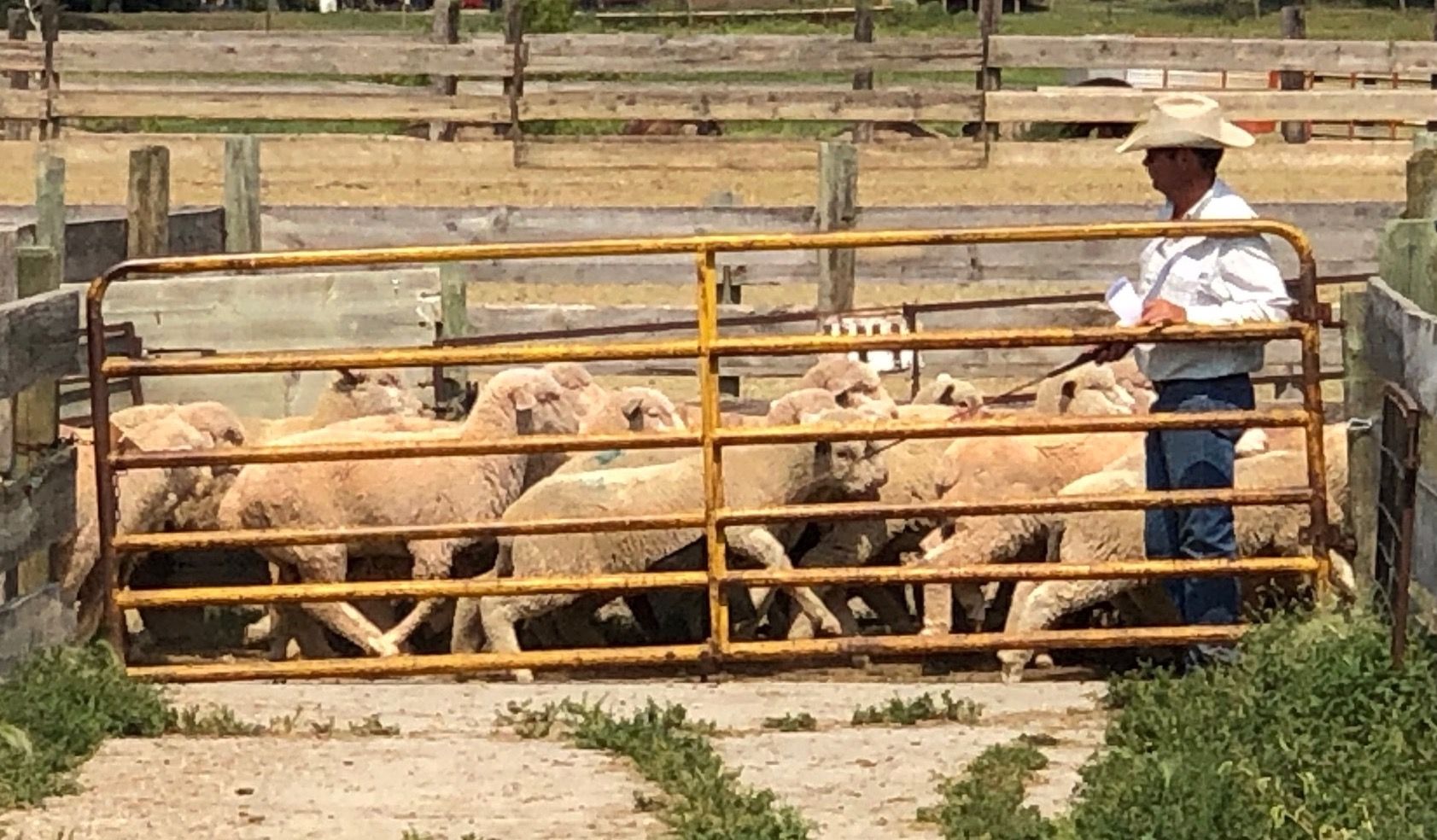
Sheep raised all across SD
The American sheep industry reached its production peak in the late 1880s when ranchers produced about 50 million animals. The number of farms and animals raised has declined steadily since then, with an uptick in the World War II era, when inexpensive mutton was common table fare and a great quantity of wool was needed for military uniforms. The industry has generally seen decreased production in recent decades, though with some recent rebounding.
The number of U.S. farms that raised sheep fell from about 105,000 nationally in 1990 to 80,000 in 2010, but rose back to about 100,000 in 2019 as demand for meat and wool stabilized and more farmers took on small flocks to diversify their operations, according to the USDA.
The American sheep industry saw average annual production growth of 3.8% from 2015 to 2020. In all, farmers raised 5.2 million animals in 2019. In 2017, gate receipts for animals and wool sold were about $500 million, and the overall economic impact of the industry was an estimated $5.8 billion, according to the sheep industry association.
In South Dakota, the sheep industry has followed a similar pattern of historic decline and recent stabilization, and also in the growth of small farms, known as farm-flock producers with annual production of fewer than 100 animals. The great majority of sheep farms in South Dakota, about 88%, produced fewer than 300 animals in 2017, and only 31 farms produced 1,000 animals or more.
In 2012, about 260,000 sheep were raised on roughly 1,800 farms; in 2017, about 235,000 sheep were raised on roughly 1,350 farms, according to the state Department of Agriculture. Not unlike cattle ranches, sheep farms are more common West River but with a significant number of farms dotted across East River.
Butte County, in the northwest corner of South Dakota, led the state with 96 farms and 35,000 animals produced in 2017, while neighboring counties of Meade (50 farms/9,400 animals) and Harding (47 farms/24,000 animals) also had significant production. Brookings County led all East River counties in 2017 with 76 farms and 7,100 animals produced in 2017, with Turner County (61 farms/3,700 animals) and (Hutchinson (54 farms/3,800 animals) also reporting strong production.
Most South Dakota lamb is processed and shipped domestically to high-end restaurants and cruise lines, Surber said. American producers cannot meet the full domestic demand for lamb meat, with Australia and New Zealand the top exporters to the U.S. market. Texas, California, Colorado, Wyoming and Utah are the top states for sheep production, with South Dakota sixth with about 5% of the total U.S. production.
Wool is still sold to the U.S. military and also shipped to China, where sales were hurt by tariffs implemented by the Trump administration during its ongoing trade war, Orwick said. Demand for high-quality wool also fell as the global economy has struggled during the pandemic, he said.
Top sheep-producing states in US and Great Plains
Here is a look at state production of total sheep across the country and in Great Plains states as of Jan. 1, 2020.
STATE ANIMALS PRODUCED/YEAR
1. Texas 735,0002
2. California 570,000
3. Colorado 425,000
4. Wyoming 340,000
5. Utah 285,000
6. South Dakota 250,000
7. Idaho 230,000
8. Montana 200,000
9. Oregon 165,000
10. Iowa 151,000
12. Minnesota 115,000
20. Nebraska 78,000
21. North Dakota 75,000
Source: American Sheep Industry Association
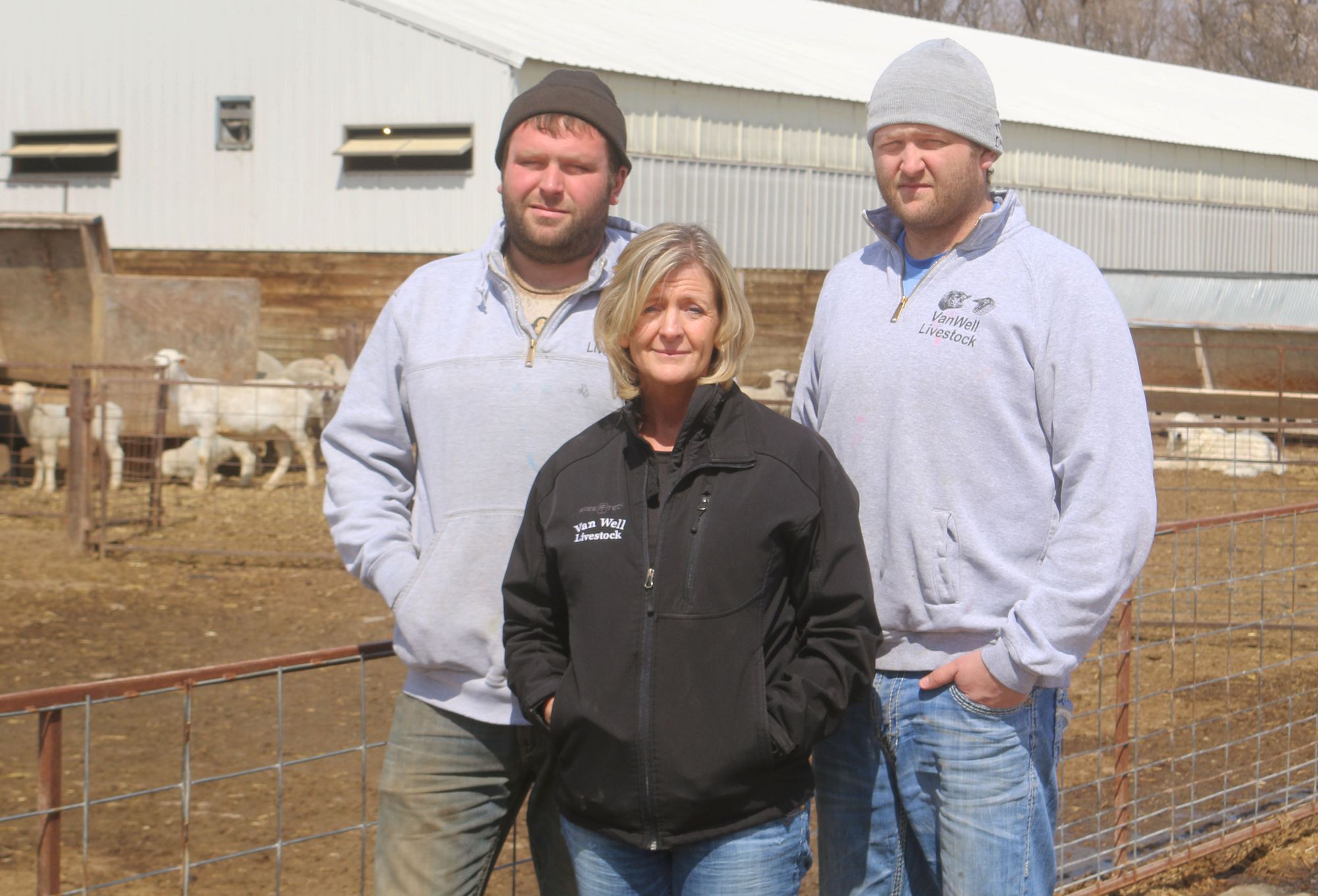
Bigger farms mean bigger losses
No sheep farm in South Dakota has been as dramatically affected by the pandemic and supply-chain challenges as the VanWell Livestock operation in Watertown, the largest in the state and among the 10 largest sheep operations in the country.
Trevor VanWell runs VanWell Livestock with his brother, Travis, and their mother, Stephanie. The family’s breeding, lambing and finishing operation handles about 140,000 lambs a year in one form or another.
The VanWells sold thousands of sheep in April and May for 75 to 80 cents per pound, less than half the $1.65 per pound they were receiving before the pandemic, Trevor VanWell said.
They also held onto and fed animals longer than the ideal period, selling some at weights of 200 pounds or more after a year on feed when 150 to 165 pounds after seven to 11 months on feed is preferable. The farm lost money on those larger animals due to extra costs for feed, vaccines and labor in addition to price discounts demanded by buyers. Holding on to animals for too long also resulted in some being classified as mutton, an older animal with less desirable meat. That classification significantly reduced their market value, he said.
“We’re pretty much doing all that work and nothing has paid off for it so far,” VanWell said. “Not only were we taking it in the shorts on the selling side of the market, but we’re also having big discounts for having too heavy of lambs.”
The VanWells also have about 300,000 pounds of wool in storage in a Watertown warehouse, creating another lost revenue stream amid the pandemic, which has caused wool prices to plummet.
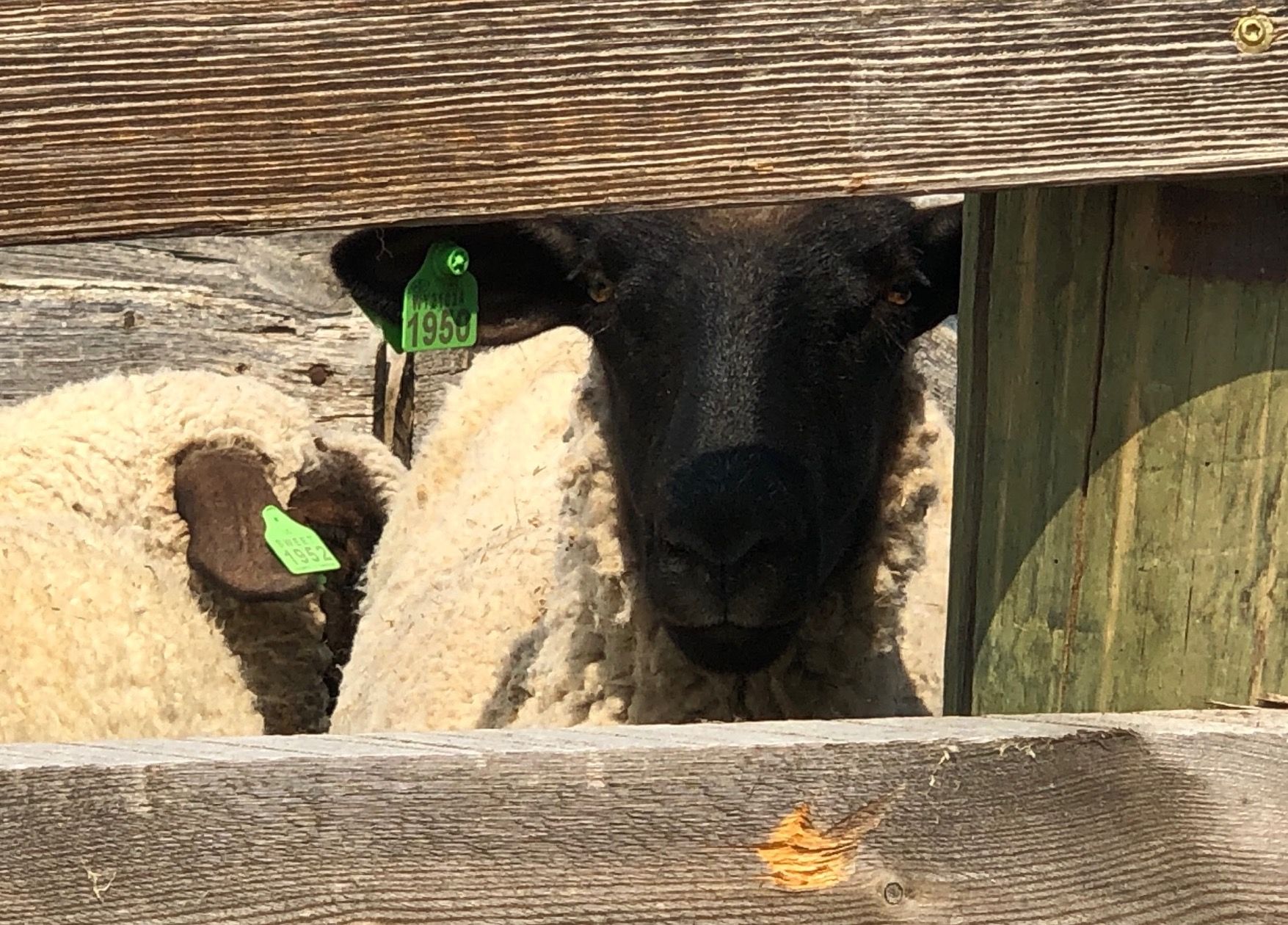
The VanWells had to lay off 10 farmhands, about half their workforce. Uncertainty in immigration policies has also made it harder to bring in temporary foreign workers under the H-2A visa program, VanWell said.
Typically, the farm would have about a dozen Peruvian ranchers who live on the range in campers or cabins with a herd of 1,000 sheep from May to October. Finding local residents who want to do that kind of work is virtually impossible, VanWell said.
This year, they have scrambled to bring foreign workers to South Dakota and have increased the herd size managed by each worker to 1,400 animals, VanWell said.
To make matters worse, the family owned about 10,000 shares in the rancher-owned Mountain States Lamb Cooperative, which operated the processing plant that shut down in Greeley. Bankruptcy rendered the shares, once valued at about $200,000, totally worthless.
And even as prices and demand have improved some in late summer, and there are hopeful signs for a further fall rebound, the VanWells were still losing money on each animal sold in August, VanWell said.
“The bloodbath continues, and we’re just hoping to see some daylight at the end of all the chaos,” he said. “It’s still a battle, and we’re not through it by any means.”
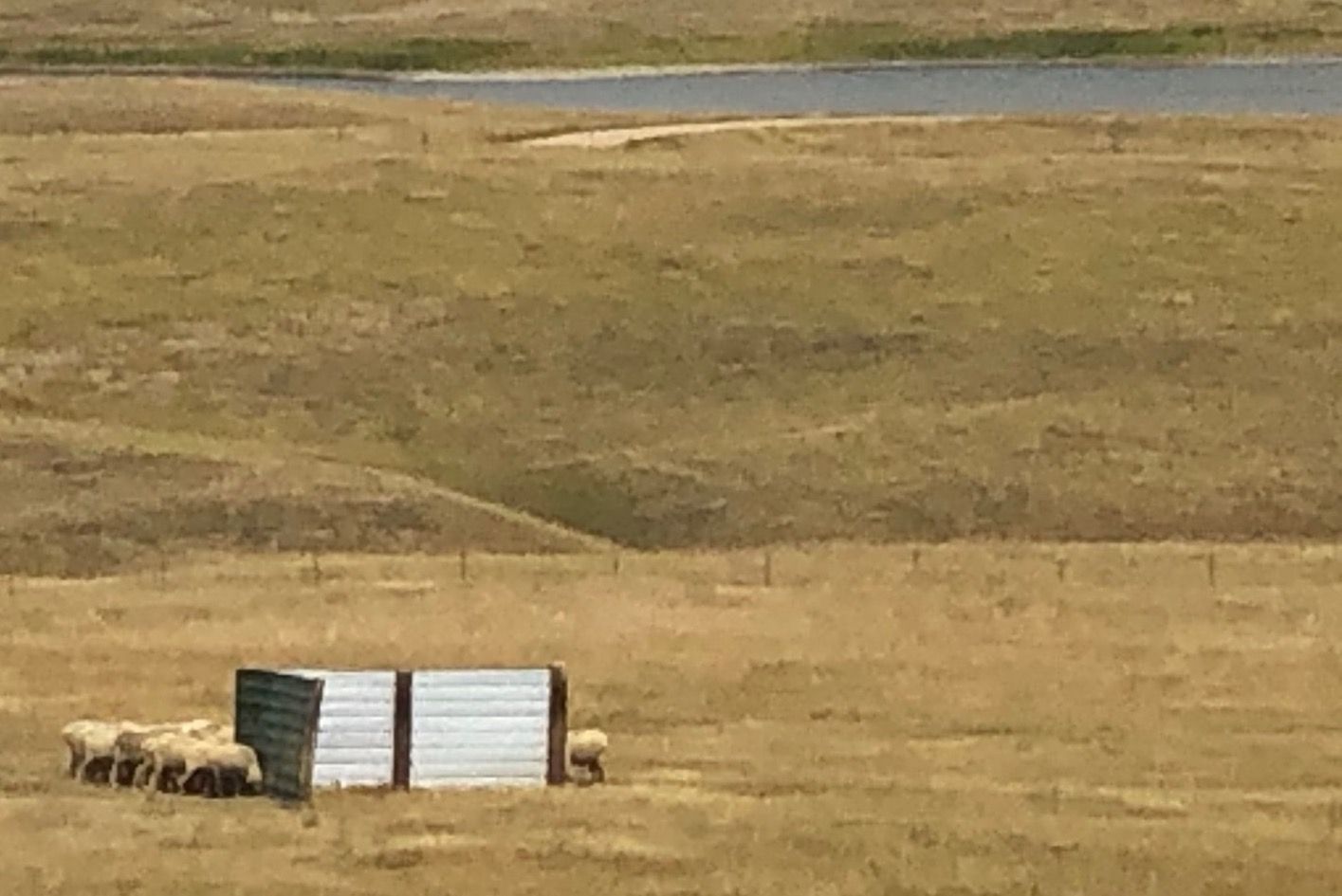
A return to stability expected
Demand for lamb had held steady or grown in recent years before the pandemic, Surber said. She and others in the industry are hopeful that the pandemic will ease, the cruise and fine-dining industries will rebound and that more adventurous dining habits will lead to a rebound in lamb consumption and better prices for ranchers.
“Since World War II, and because so many people had a bad taste in their mouths from mutton, there wasn’t the demand for lamb meat, and it’s taken us a long time to come back from that,” said Surber, who has a small flock of sheep near Bison. “But the millennial generation, they’re willing to try things that they haven’t tried before, and lamb is one of those meats that has some new appeal.”
Surber said positive signs emerged at a “premium sale” held in Huron in July, in which sheep ranchers presented their best animals to buyers seeking the best genetic material to launch new flocks. Interest and prices paid at the event were both high despite the ongoing gloom of the pandemic, Surber said.
“To me, that speaks volumes that there’s still a lot of optimism in the industry,” Surber said. “That optimism may not be real for the short term, but in the long term, those people were investing in the future.”

The wool industry may also bounce back, Orwick said. The U.S. military has commissioned a new line of wool uniforms, and washable wool socks have become a popular retail product, he said.
Producers are also hoping that processing animals will become easier when a new plant, now under construction in Brush, Colo., begins to take in animals for slaughter and butchering.
Surber said that despite the pandemic and other recent setbacks, sheep farmers are highly adaptive and will adjust their processes to remain viable until the market stabilizes.
“We’ve seen some tough times, and this is one of them, and a particularly bad time,” she said. “But sheep people are extremely resilient, hardy people.”




